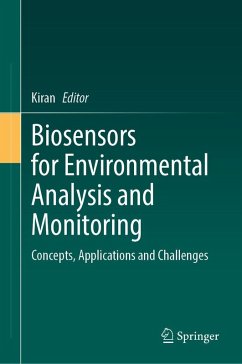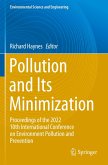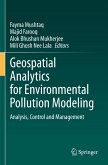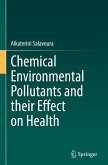This book offers a variety of case studies and review articles that provide readers with a comprehensive understanding of the latest in micropollutant assessment and remediation. The purpose of this book is to discuss the challenges that have arisen due to micropollutants, their harmful effects on the ecosystem, and techniques used for the management. The book focuses on the role of advanced green engineering technologies for sustainable management in building an economically supportable society as a basic need of developing countries.
Micropollutants present a formidable threat to the environment, manifesting in various challenges that compromise ecological integrity and human well-being. It is generated from industrial, agricultural, or urban activities, can contaminate water bodies and soil, which effect the balance of ecosystems. The insidious nature of micropollutants lies in their capacity to bioaccumulate, posing long-term risks as they move up the food chain, ultimately impacting human health through contaminated food and water sources. Furthermore, the persistence of certain micropollutants in the environment increases concerns, as their effects encounter for long periods. Additionally, the global transport of these pollutants through air and water currents leads to widespread contamination. Detecting and regulating micropollutants prove challenging due to their low concentrations, posing obstacles to timely intervention and effective mitigation. The urgency to address this environmental menace is underscored by its pervasive influence on aquatic life, biodiversity, and the intricate interconnectedness of ecosystems.
Micropollutants present a formidable threat to the environment, manifesting in various challenges that compromise ecological integrity and human well-being. It is generated from industrial, agricultural, or urban activities, can contaminate water bodies and soil, which effect the balance of ecosystems. The insidious nature of micropollutants lies in their capacity to bioaccumulate, posing long-term risks as they move up the food chain, ultimately impacting human health through contaminated food and water sources. Furthermore, the persistence of certain micropollutants in the environment increases concerns, as their effects encounter for long periods. Additionally, the global transport of these pollutants through air and water currents leads to widespread contamination. Detecting and regulating micropollutants prove challenging due to their low concentrations, posing obstacles to timely intervention and effective mitigation. The urgency to address this environmental menace is underscored by its pervasive influence on aquatic life, biodiversity, and the intricate interconnectedness of ecosystems.








